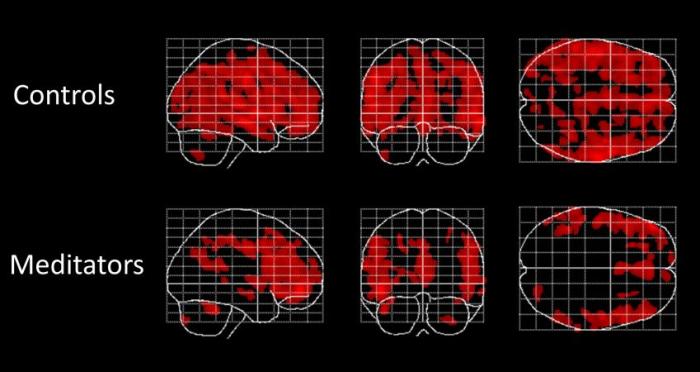One of the benefits of meditation is that it helps me find the space between the push and the push back, to let the energy dissipate instead of escalating it.
A new study shows I'm not alone.
In a working paper published by the US National Bureau of Economic Research this month, researchers found that teaching Chicago high-schoolers meditation techniques designed to help them find that gap significantly lowered crime and dropout rates for participants and boosted school attendance.
According to an article on Quartz,
The study analyzed the effects of a Chicago-based program by the organization Youth Guidance called Becoming a Man (BAM). The researchers invited 1,473 Chicago teens, chosen at random from 18 public schools, to participate in BAM programming and compared them to a control group of similar students who were not invited.
The goal of the program, explains coauthor Harold Pollack, a professor at the University of Chicago and the director of its Crime Lab, was to encourage less violent behavior by slowing their automatic response.
We develop automatic responses, or habitual reactions, to save time. The Quartz article notes that while American teenagers from privileged backgrounds learn to automatically
comply with authority figures, handing over their smartphone to a
mugger, or quieting down when a teacher says so, low-income teenagers may learn that
submitting to authorities only invites more aggression.
Much of the training focused on learning to work with anger by using breathing exercises and meditation techniques, such as exhaling while counting slowly to four. A year after the program, those who participated in the BAM program were 44 percent less likely to commit violent crimes, and performed significantly better on an academic performance index that combines academic measurements including GPA, attendance rates, and dropout rates, the study found.
Learning to find the space between the stimulus and the reaction lets us decide whether the habitual response is the best one in a given situation. It doesn't have to be a long pause, but it can be the pause that refreshes and resets the situation rather than the one that sends it tumbling into chaos.



